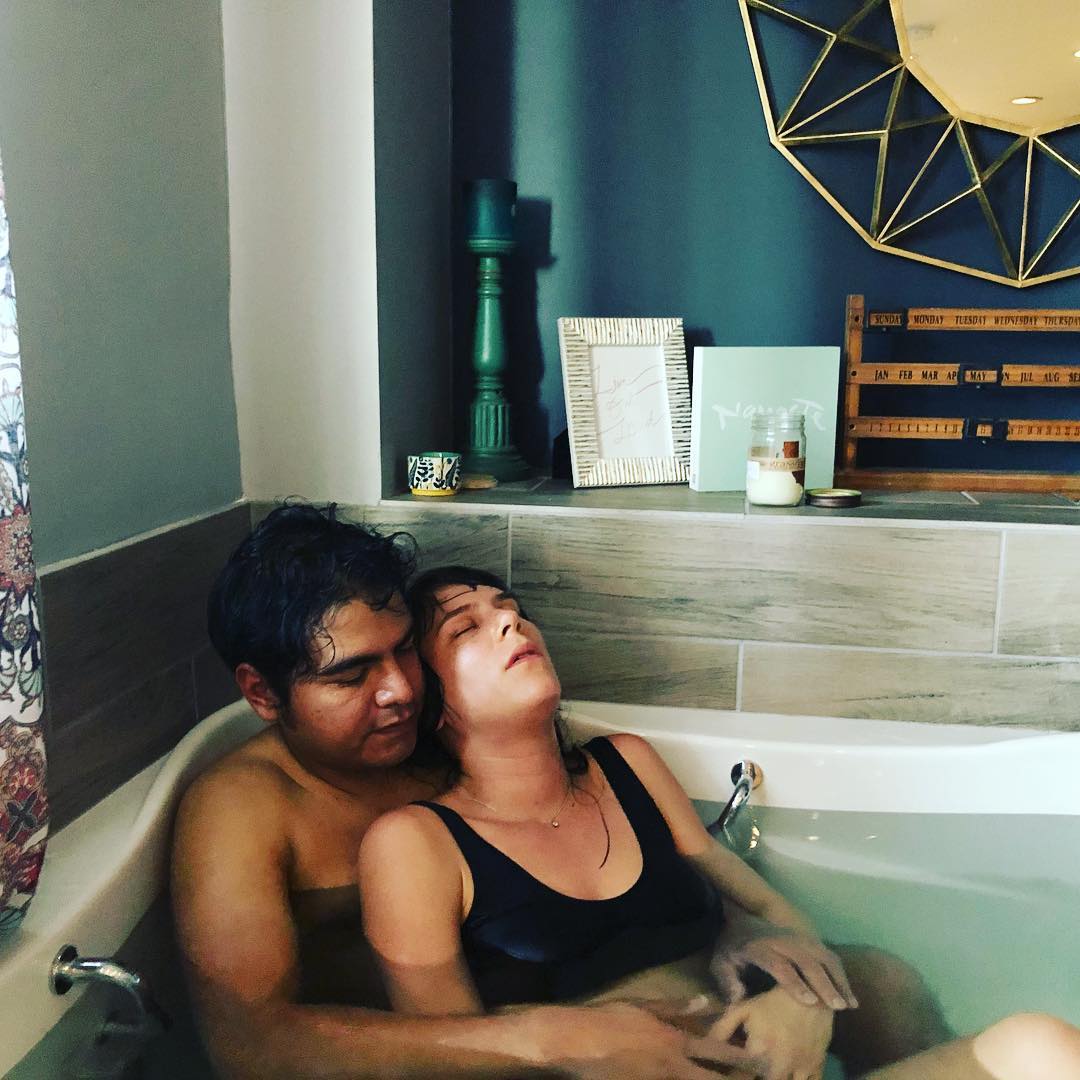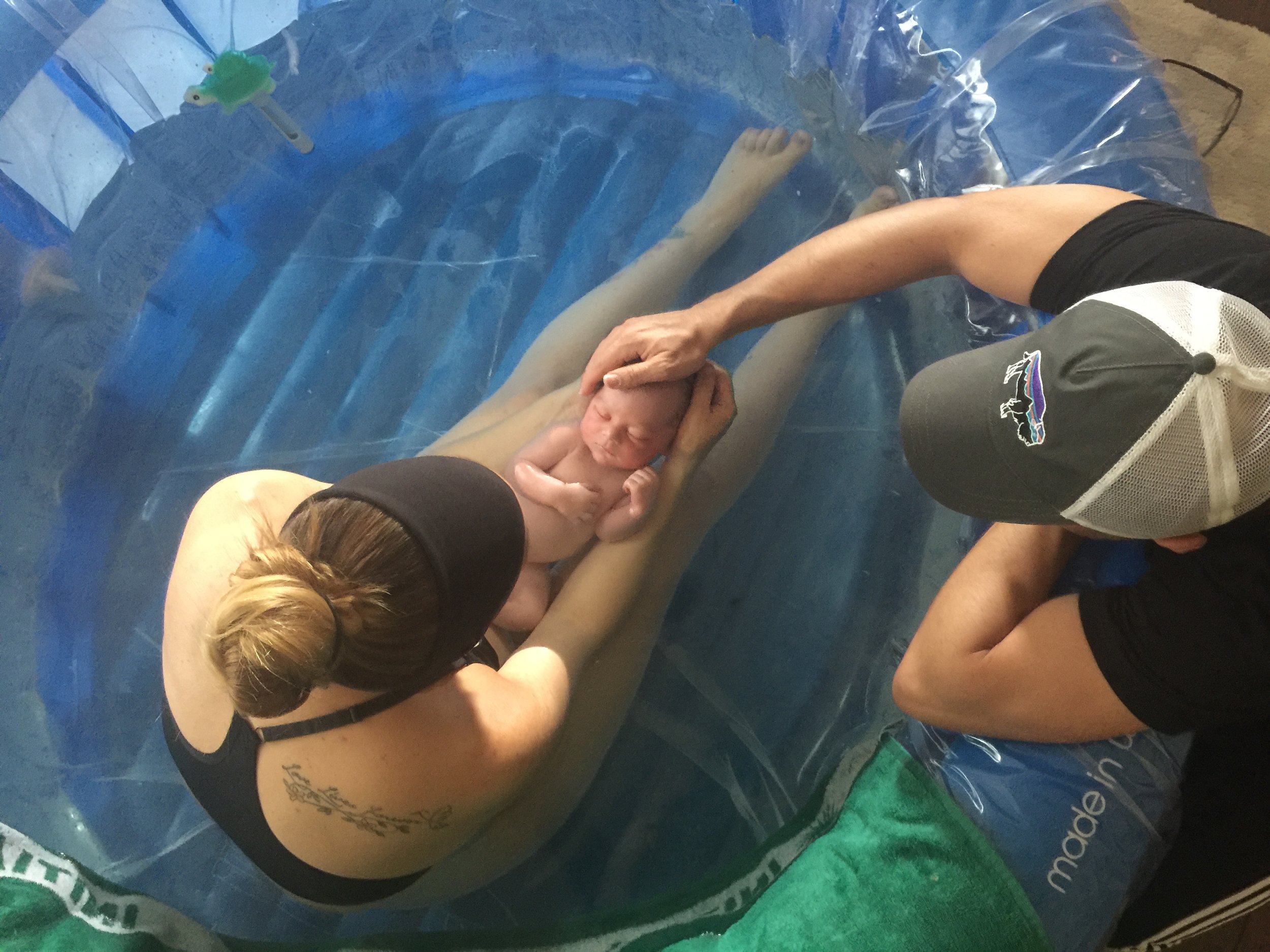EXPERIENCE PURE BIRTHS!!
MEDI-CAL PATIENTS ARE FULLY COVERED OR PARTIALLY COVERED!
BIRTHING HYDROTHERAPY
Birth your baby into water in our spacious tub within our gorgeous birth suite!
We are water birth certified!
We have a 90% water birth rate!
Submerging your body in water during labor provides comfort, promotes relaxation, and is a safe and effective non-pharmacologic pain relief strategy that supports physiological childbirth. Waterbirth allows the laboring mama to assume any position that feels comfortable to her, and affords her a range of mobility unmatched on "land." Your birth team will dim the lights, play soothing music, light candles, and let you gently move as your body tells you in the warm, soothing water. Imagine the potential for ease and comfort in the water--your body softening in the buoyancy that surrounds you. Your baby joins you earthside in warmth as she gently makes her way to your chest for that beautiful skin-to-skin moment.
Studies on Waterbirth & Hydrotherapy During Labor
Cochrane researchers combined 11 randomized trials on water immersion during labor and during birth. Eight of these trials only studied water immersion during the first stage of labor (before the pushing phase).
The Cochrane reviewers found evidence that laboring in water reduces the use of epidurals and spinals for pain relief. They also found that laboring in water shortened the first stage of labor by an average of 32 minutes. There was no evidence of harm to the mother or baby from laboring in water.
(Cluett & Burns 2009)
A recent review of seven randomized trials with 2,615 participants looked at water immersion during labor, before normal land birth (Shaw-Battista 2017).
The study found that laboring in water poses no extra risks to mother or baby and helps relieve pain, leading to less use of pain medication.
In addition, it has been found that mothers who labored in water had less anxiety, better fetal positioning in the pelvis, less use of drugs to speed up labor, and were more satisfied with privacy and the ability to move around.
(Shaw-Battista (2017)
The study found that fewer people in the waterbirth group had Cesareans compared to people in the land birth group (5% versus 16%).
People in the waterbirth group also reported less pain with labor compared to the land birth group, but they do not give any details on how pain was measured.
There was less meconium (baby’s first stool) in the mother’s amniotic fluid with waterbirth (2% versus 24%) and also fewer low Apgar scores with waterbirth compared to land birth.
(Clausen and Basati, 2017)
Gallery














